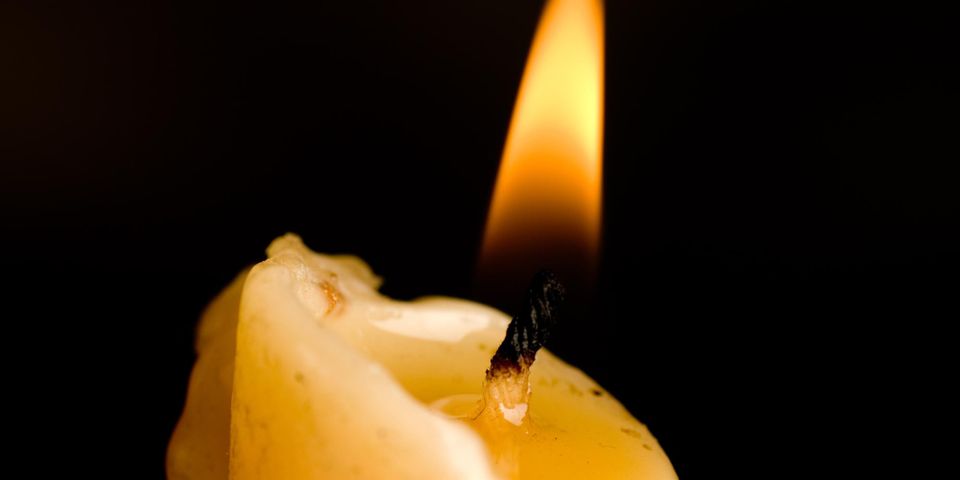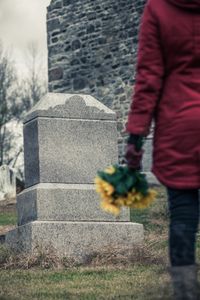
The tradition of paying last respects at funerals is as old as humanity, but that doesn’t mean the funerals we know today are the same as those from even just a century ago. Each culture and country has its own customs for honoring the dead that gradually shift over time. These alterations reflect more than just technological improvements – they also reflect changing cultural attitudes and historical influences.
3 Ways Funerals Have Evolved
1. Flowers
Some things have never changed. As far back as 62,000 B.C., people have prepared the deceased for burial or entombment, using flowers to mask the scent of bodies on display. A Neanderthal grave site in Iraq contained fossilized plant and flower remains. Embalming was first used in Egypt in 4,000 B.C. with aromatic oils partly designed to mask decay. Today, we include flowers in funerals less for their perfume and more for their beauty and symbolic value.
2. Burial Sites
 In 1500s Europe, those who passed away were typically kept on display inside their homes for weeks or months out of fear they’d be buried alive – a well-founded worry at the time. While Europe has long used cemeteries to inter their dead, it was more common for funerals in the US to be organized by family, held in the home, and the deceased buried on family property or small church plots. Funeral homes and larger community cemeteries only began to grow in popularity after the Civil War.
In 1500s Europe, those who passed away were typically kept on display inside their homes for weeks or months out of fear they’d be buried alive – a well-founded worry at the time. While Europe has long used cemeteries to inter their dead, it was more common for funerals in the US to be organized by family, held in the home, and the deceased buried on family property or small church plots. Funeral homes and larger community cemeteries only began to grow in popularity after the Civil War.
3. Funerary Attire
In Medieval times, it was common for the deceased to be wrapped in shrouds or cloth to protect their bodies before burial. Nowadays, it’s more common to dress loved ones in a favorite suit or dress, placing their bodies on display for only a day or two before sending it to burial or cremation. While wearing black to a funeral has always been the norm, it was expected that mourners in the late 1800s would wear black for long periods of time. For example, widows were expected to wear black dresses and veils for up to two years following their husbands’ deaths. While somber colors are still worn to most funerals, the rules of how to dress for a funeral are much less strict.
Families who need help planning a funeral in Stratford, CT, will find compassionate assistance from the staff at Adzima Funeral Home. For more than 100 years, this funeral home has provided respectful help with body transportation, scheduling services, writing obituaries, and final burial or cremation. Call (203) 375-2200 or visit them online to learn more about the services they offer.
About the Business
Have a question? Ask the experts!
Send your question

